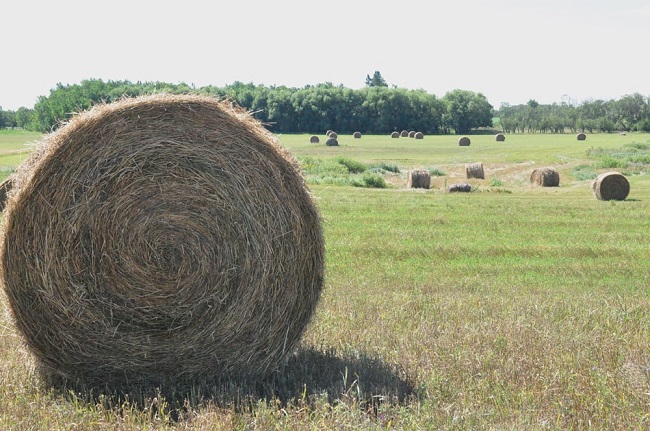Hay is an essential agricultural commodity, particularly in the livestock industry. Understanding hay pricing can be a complex task due to the many factors that influence the cost.
In this comprehensive guide, we delve into the 2023 hay price guide, detailing what contributes to the price of hay, what it typically includes, and providing an overview of the hay market.

Everything You Need to Know about Hay Pricing
Here you will find out about hay pricing:
Understanding Hay Pricing In 2023, the hay pricing is influenced by multiple factors, from the cost of production, quality of the hay, local demand, to even weather conditions. The typical cost per ton of hay can significantly vary based on these influencing factors.
Read Also:
Cost of Production The cost of producing hay includes everything from the cost of the seed, fertilizers, and pesticides used, to the cost of machinery for planting, harvesting, and baling. Changes in these costs directly influence hay prices.
Quality of Hay The type and quality of hay play a significant role in determining the price. Higher quality hay, characterized by factors such as nutritional content, color, leafiness, and the absence of foreign matter (like weeds or mold), generally fetches a higher price.
Local Demand and Supply The local demand and supply balance also heavily influence hay prices. If demand outstrips supply, such as during a drought or in cold winter months, prices can rise. Conversely, if there is an oversupply of hay, prices may fall.
The Impact of Weather Weather plays a critical role in hay pricing. Adverse weather conditions can affect the yield and quality of hay, leading to a rise in prices.
What Does the Cost of Hay Typically Include? Typically, the price of hay includes the cost of the hay itself, and sometimes, the cost of transportation, depending on the agreement between the buyer and seller. It may also include the packaging costs if the hay is sold in bales. However, these elements vary based on individual circumstances.
Future Trends and Predictions for Hay Prices Looking forward, hay prices are expected to be influenced by ongoing trends in the agriculture sector. These could include factors like increasing fuel prices, climate change, and changes in the livestock industry.
Additional Costs to Consider In addition to the base cost of hay, buyers should consider additional costs such as storage, particularly if large quantities are purchased. Improperly stored hay can lose nutritional value and even become unsuitable for consumption.
Regional Variations in Hay Prices
The price of hay can vary significantly from region to region, due to differences in climate, soil quality, and local demand and supply dynamics.
Areas with favorable conditions for hay production may offer lower prices compared to regions where hay production is more challenging. Similarly, areas with high livestock density may see higher hay prices due to increased demand.
Influence of Global Markets
The global market dynamics can also impact hay prices. Factors such as international trade policies, global demand for meat and dairy products, and fluctuations in exchange rates can all influence the cost of hay.
In recent years, exports of hay, especially high-quality alfalfa, have become significant, affecting domestic hay prices.
Organic vs. Conventional Hay
Another factor that can influence the price of hay is whether it is organic or conventionally grown. Organic hay is usually more expensive due to the higher cost of organic production, which includes more labor-intensive practices and the need to use approved organic inputs.
However, organic hay can fetch a premium price, especially in areas where there is a high demand for organic livestock feed.
Cost of Different Hay Types
Different types of hay, such as alfalfa, Timothy, Bermuda grass, and clover, can have different prices. The price variation typically comes from the difference in production costs, nutritional values, and local preferences.
For instance, alfalfa hay, which is high in protein and minerals, is usually more expensive than grass hays.
Read Also:
Conclusion
The price of hay in 2023 is shaped by a multitude of factors – from the cost of production and hay quality, to local demand and supply scenarios, and even the whims of weather. Understanding these components can help buyers and sellers make informed decisions in the hay market.
As with any commodity, the more information you have, the better equipped you are to navigate the market dynamics.
While hay prices can be volatile and unpredictable, having a clear understanding of what goes into the pricing can provide a measure of predictability in this essential agricultural market.
























